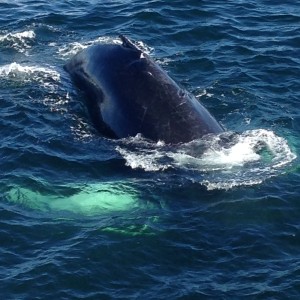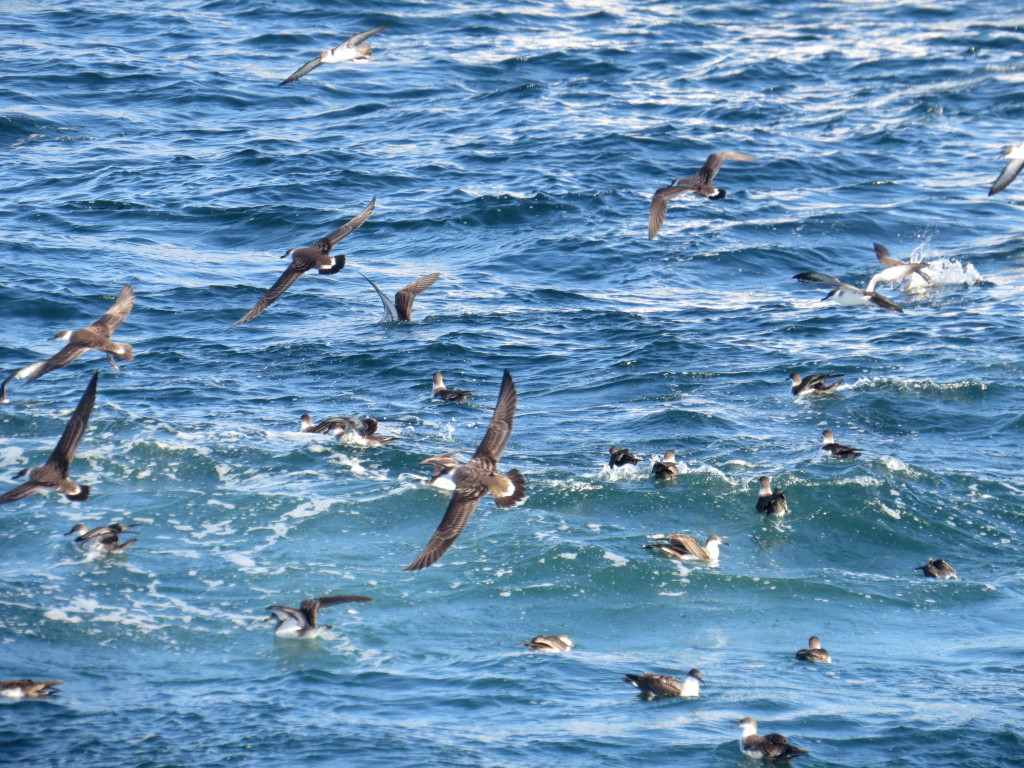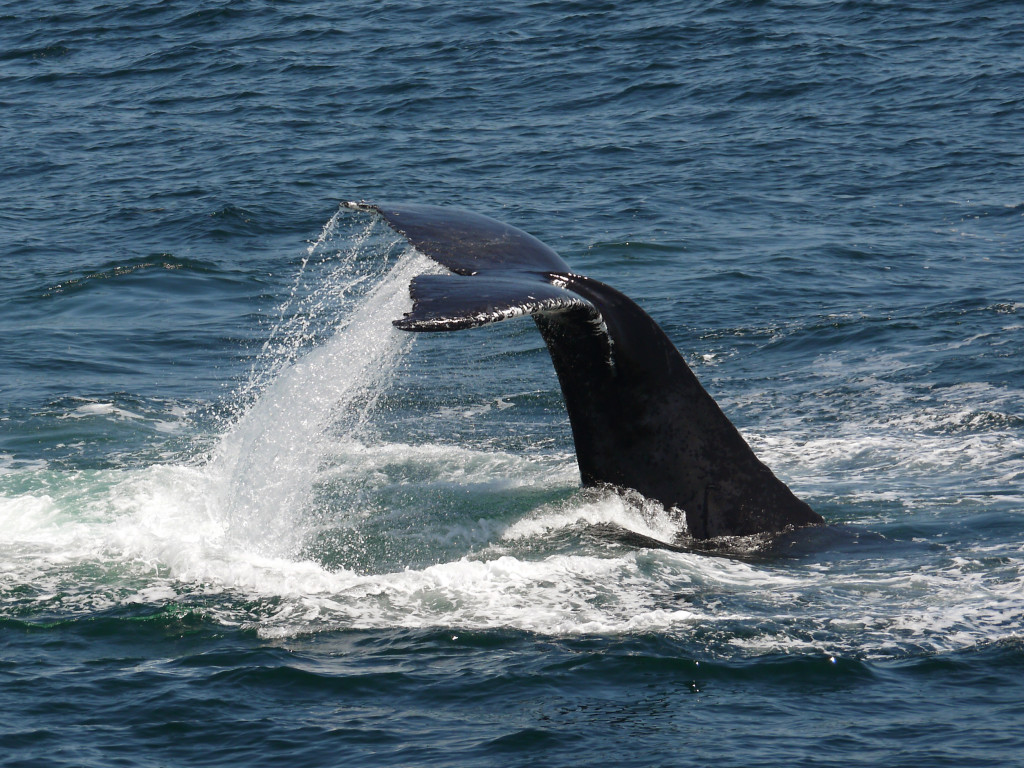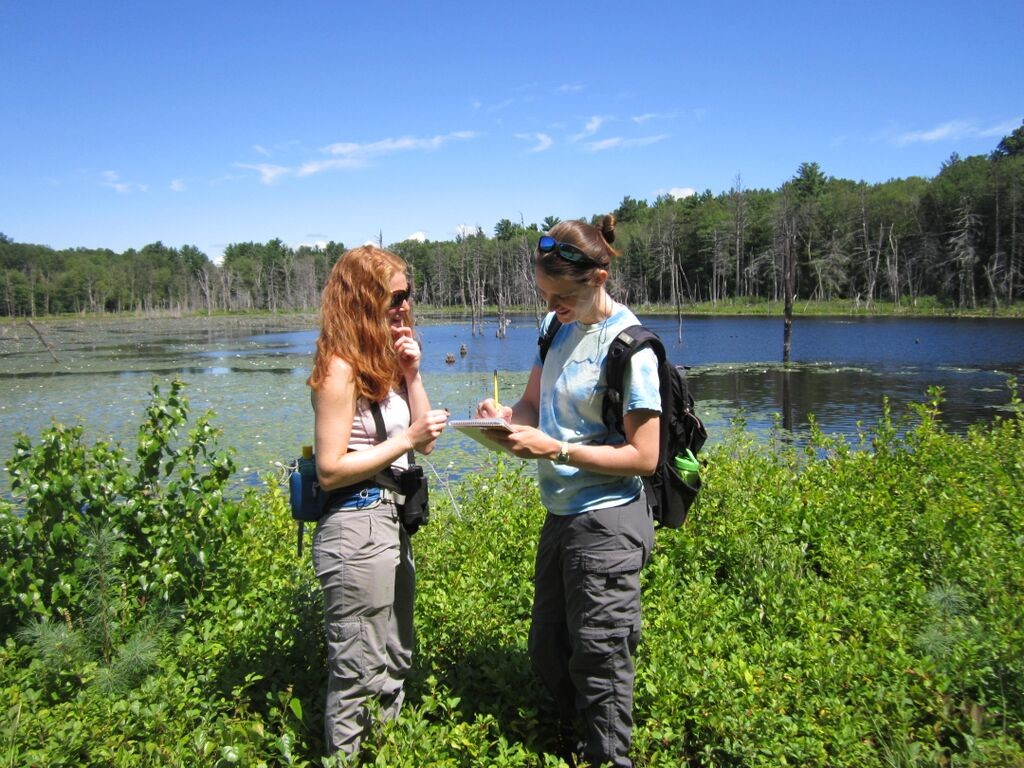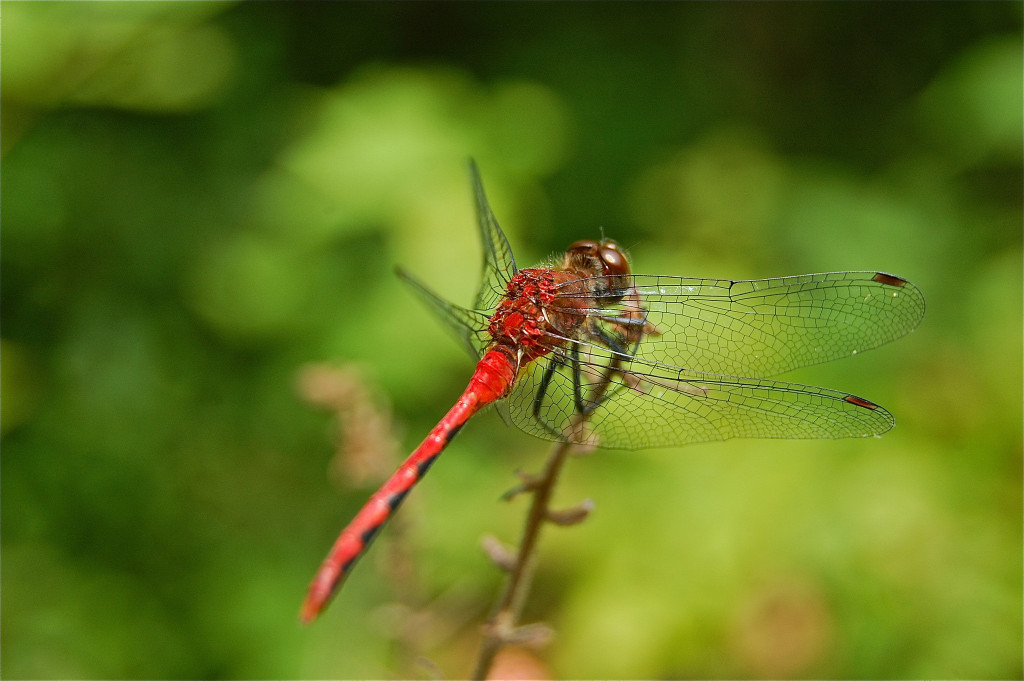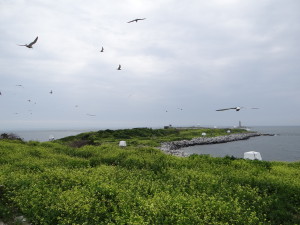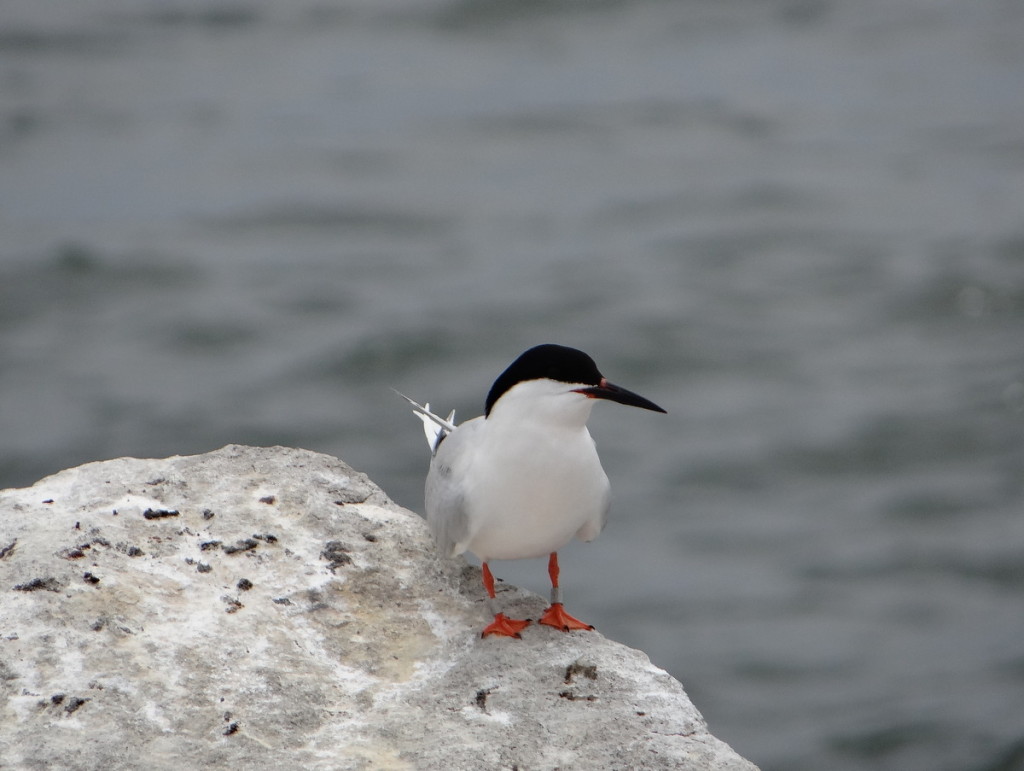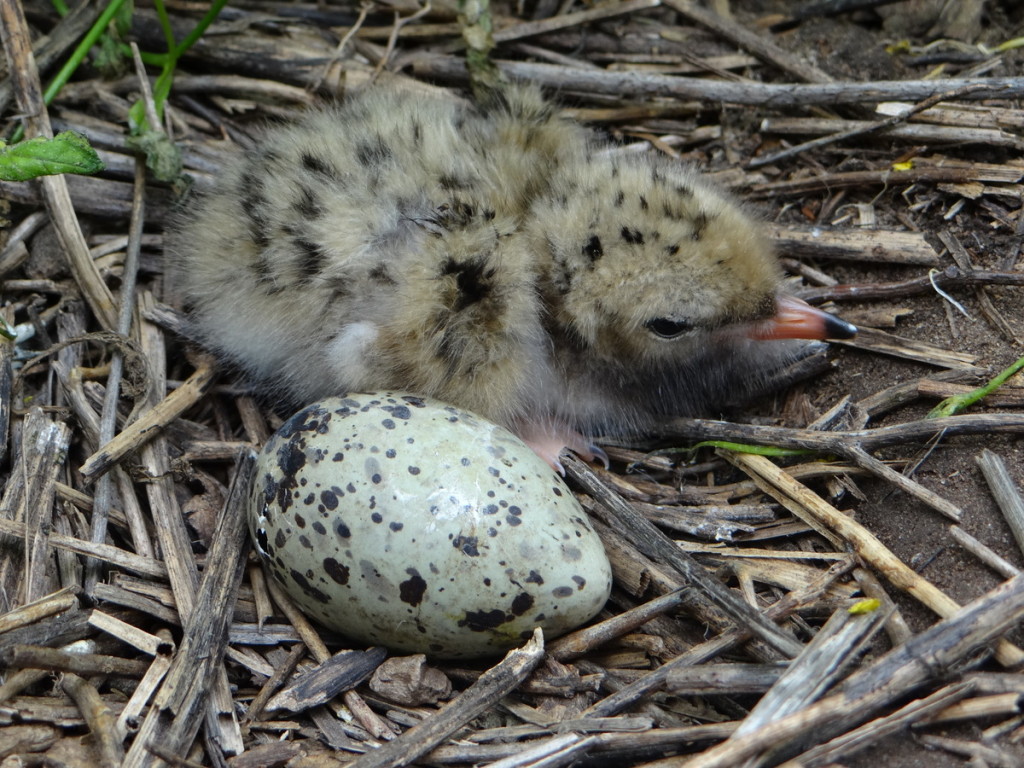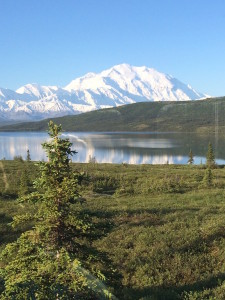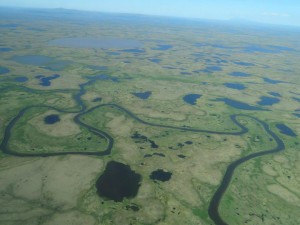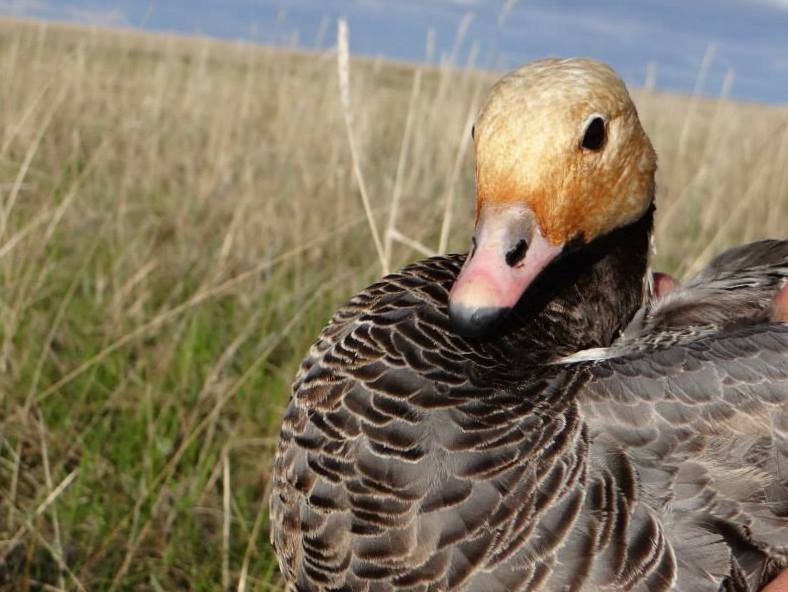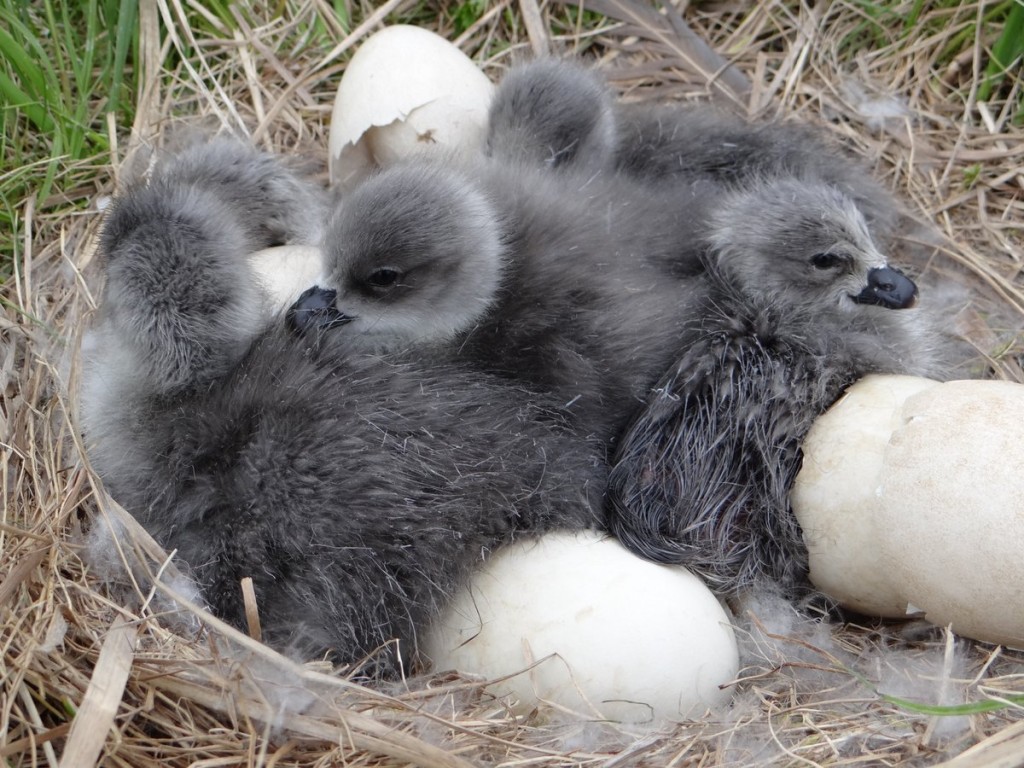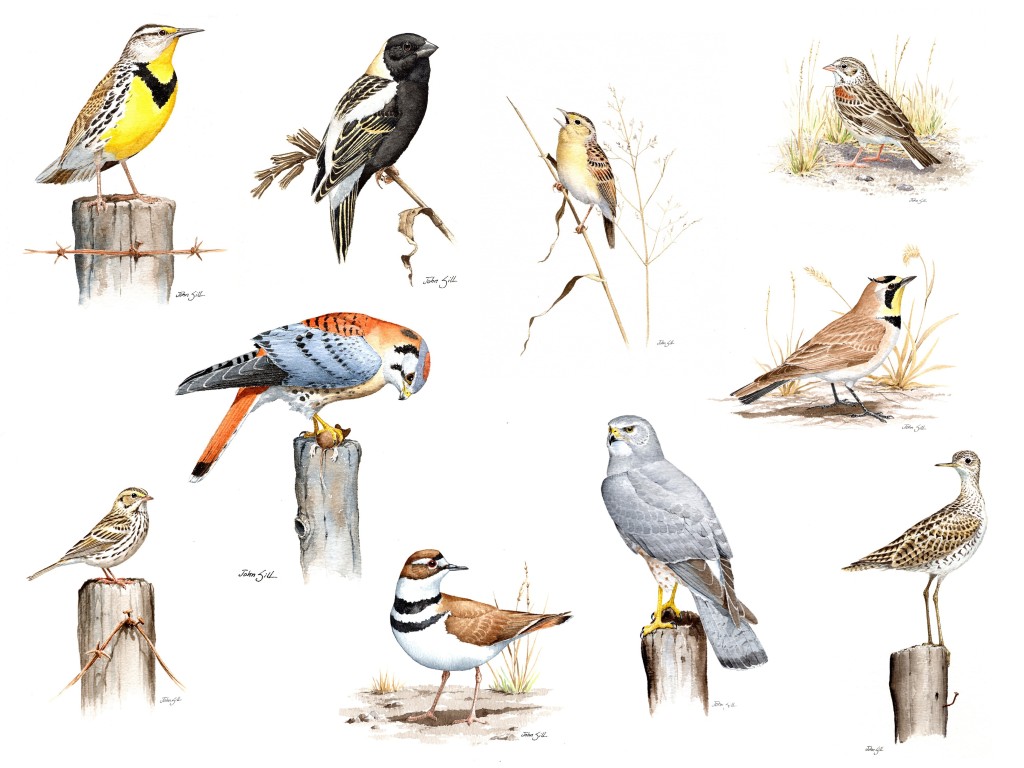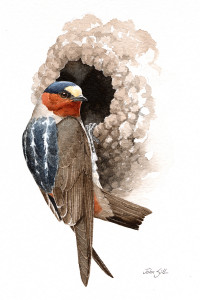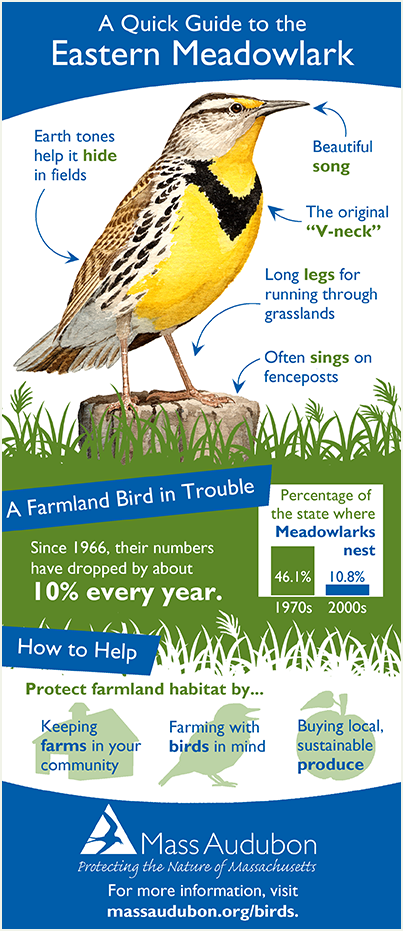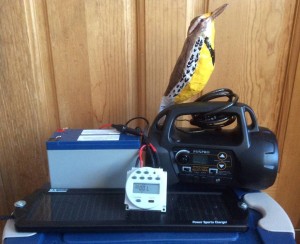 This year Mass Audubon is celebrating Wayne Petersen’s 25th anniversary of working for Mass Audubon. Wayne joined the staff in 1988 after teaching life science at the Hanover, MA, Middle School for eighteen years. His relationship with Mass Audubon began many years prior, however, when he worked as an Interpretive Naturalist and Wildlife Tour Leader at Wellfleet Bay Wildlife Sanctuary in the 1960s.
This year Mass Audubon is celebrating Wayne Petersen’s 25th anniversary of working for Mass Audubon. Wayne joined the staff in 1988 after teaching life science at the Hanover, MA, Middle School for eighteen years. His relationship with Mass Audubon began many years prior, however, when he worked as an Interpretive Naturalist and Wildlife Tour Leader at Wellfleet Bay Wildlife Sanctuary in the 1960s.
Wayne is now Director of our Important Bird Areas (IBA) Program, promoting recognition of the most critical bird habitats across Massachusetts and working with partners to study and protect birds and their habitats. Most recently he has worked with staff from the Stellwagen Bank National Marine Sanctuary to develop a marine bird survey protocol to monitor seabirds in one of the state’s largest and least-known IBAs. Twenty-three years ago while employed as Mass Audubon’s Field Ornithologist, Wayne initiated the annual statewide Birders Meeting – an event that continues to this day. He also regularly leads Natural History Travel Tours to every corner of the globe.
As evidence of his durability, last year Wayne led, presented, or participated in more than 40 field trips, presentations, and lectures, reaching more than 1,500 people. Wayne is also the Voice of Audubon, a weekly summary of bird sightings across the state that is recorded on a dedicated voice line, and published in the Boston Globe every Sunday. He represents the birding and conservation community beyond Mass Audubon by serving on the Massachusetts Avian Records Committee, as a member of the Advisory Committee of the Massachusetts Natural Heritage & Endangered Species Program and the Stellwagen Bank National Marine Sanctuary, and serves on the board of the Wildlands Trust, and is president of Bird Observer magazine. Wayne is also National Audubon’s editor of New England Christmas Bird Counts and a New England regional editor for North American Birds magazine. His writing projects have included co-authoring or co-editing Birds of Massachusetts (1993), Massachusetts Breeding Bird Atlas 1 & 2 (2003, 2013), National Audubon Society’s Pocket Guide to Songbirds and Familiar Backyard Birds (East) (1994), and Birds of New England (2004), as well as contributing to The Audubon Society Master Guide to Birding (1983), The Sibley Guide to Bird Life & Behavior (2001), and Arctic Wings (2006). He is currently working on a Field Guide to Birds of Massachusetts for the American Birding Association.
Beyond his many accomplishments and accolades, all of our Bird Conservation staff can say that Wayne is a true mentor. He is incredibly generous with his time, passionate about sharing his love for, and knowledge of birds and he is deeply committed to Mass Audubon’s mission and work. In 2005 Wayne received the American Birding Association’s Ludlow Griscom Award for outstanding contributions in regional ornithology. Happy Anniversary, Wayne!


